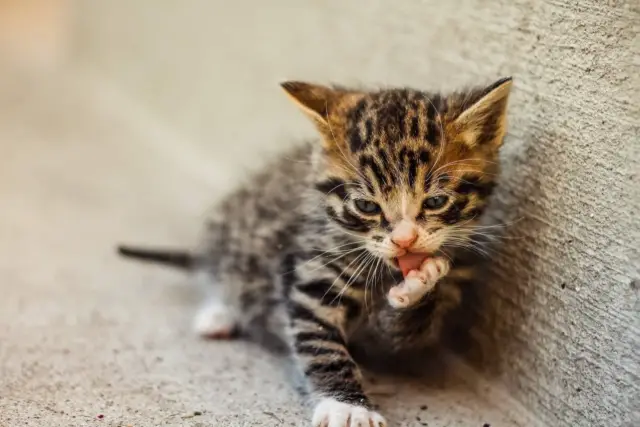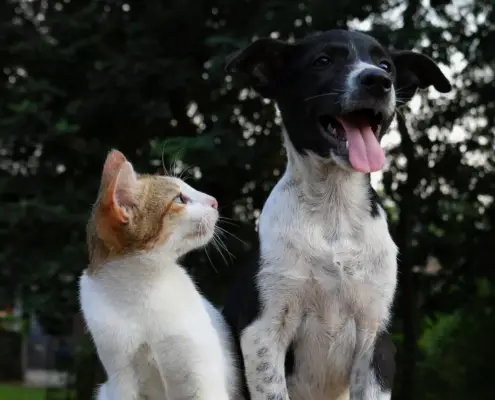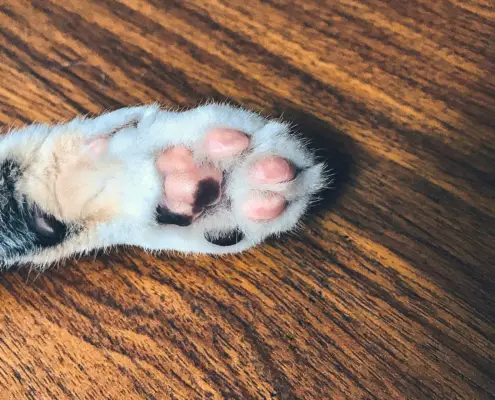
The anatomy of felines has always fascinated humans. Cats, with their sleek bodies and graceful movements, have piqued our curiosity about their internal structure. One common myth that often circulates is the belief that cats have more bones than humans. In this article, we will delve into the world of feline anatomy to understand the truth behind this claim.
The Skeletal System of Cats
To comprehend the bone structure of cats, it is essential to explore their skeletal system. Cats have a highly adaptable and agile body, which is made possible by their unique bone composition. Their skeleton consists of 244 bones, including the axial and appendicular bones. The axial skeleton comprises the skull, vertebral column, and ribcage, while the appendicular skeleton consists of the bones of the limbs.
Cats have a remarkable ability to rotate their spine, giving them the flexibility to twist and turn effortlessly. Their collarbone, or clavicle, is reduced and not fully functional, which enables them to fit through narrow spaces. This feature, known as a floating clavicle, provides cats with increased agility and freedom of movement.
Understanding the Human Skeletal System
Comparing the feline skeletal system to that of humans helps us gain a deeper understanding of the differences between the two. The human skeleton consists of 206 bones, significantly fewer than the feline skeleton. Humans have a more robust and sturdy structure, allowing for upright posture and bipedal locomotion.
The human skeleton is divided into two main parts: the axial and appendicular skeleton. The axial skeleton comprises the skull, vertebral column, and ribcage, while the appendicular skeleton consists of the bones of the limbs, including the arms and legs. The human skeleton provides support, protects vital organs, and facilitates movement.
Debunking the Myth: Do Cats Have More Bones Than Humans?
Now, let’s address the myth at hand: Do cats have more bones than humans? The answer is no. Contrary to popular belief, cats do not possess more bones than humans. In fact, humans have a lower bone count compared to felines. The myth likely stems from the misconception that cats’ agility and flexibility are a result of having more bones.
The difference in bone count between cats and humans can be attributed to the variation in bone fusion. Some bones in the feline skeleton remain separate throughout their lives, whereas in humans, many bones fuse together as we grow. This fusion reduces the overall number of bones in the human body, creating the illusion that cats have more bones.
Key Differences Between the Skeletal Systems of Cats and Humans
While cats may not have more bones than humans, there are several key differences between their skeletal systems. These differences contribute to the unique abilities and characteristics of each species.
Firstly, cats have a more flexible spine due to the presence of additional vertebrae. This flexibility enables them to move with exceptional agility and balance. Humans, on the other hand, have a less flexible spine, which facilitates upright posture and bipedal movement.
Secondly, cats have retractable claws, made possible by a specialized bone structure. Their claws are attached to a bone called the ungual phalanx, which can be extended or retracted. Humans lack this adaptation, as our nails are not retractable.
Lastly, the bone density of cats and humans varies. Cats have a higher bone density, which contributes to their strength and durability. Humans, on the other hand, have a lower bone density, making us more susceptible to fractures and injuries.
Exploring the Bone Structure and Composition in Cats
To understand feline bone structure, it is crucial to examine their composition. The bones in cats, like other mammals, are primarily composed of collagen and calcium phosphate. These minerals provide strength and rigidity to the skeletal structure, ensuring proper support and protection.
Cats’ bones undergo continuous remodeling throughout their lives. This process involves the breaking down and rebuilding of bone tissue, which helps maintain bone strength and repair any damage. The ability to remodel bones is essential for cats, as it allows them to adapt to various physical activities and environmental conditions.
Additionally, cats’ bones contain bone marrow, which is responsible for producing red and white blood cells. The bone marrow plays a crucial role in the overall health and vitality of felines.
The Bone Structure and Composition in Humans
The bone structure and composition in humans share many similarities with that of cats. Like cats, human bones are composed of collagen and calcium phosphate. These minerals provide strength and stability to the skeletal system.
Human bones also undergo continuous remodeling throughout life. This process ensures bone strength and allows for repair and adaptation. The bone marrow in humans is responsible for the production of red and white blood cells, contributing to overall health and immune function.
Factors That Contribute to the Myth
Several factors contribute to the perpetuation of the myth that cats have more bones than humans. One factor is the visual illusion created by the flexibility and agility of cats. Their ability to contort their bodies and squeeze through narrow spaces gives the impression of having more bones.
Another factor is the misconception that cats have a higher bone count due to their small size. People often assume that smaller animals must have more bones to support their bodies. However, the bone count is not determined by size but rather by the species’ specific skeletal structure.
Interesting Facts About Feline Anatomy
While debunking the myth, it’s worth exploring some interesting facts about feline anatomy. Cats have a unique collarbone structure known as the floating clavicle, which allows for increased flexibility. They also have a highly developed sense of balance, thanks to their inner ear structure and specialized vestibular system.
Moreover, cats possess a keen sense of hearing and can detect higher frequencies than humans. Their ears are designed to capture even the faintest sounds, making them exceptional hunters. These fascinating anatomical features contribute to the exceptional abilities and behaviors we observe in our feline companions.
Setting the Record Straight on Feline Bone Count
In conclusion, the myth that cats have more bones than humans has been debunked. Cats actually have a higher bone count than humans. The unique bone structure and composition in cats, along with their flexibility and agility, contribute to their remarkable abilities. Understanding the similarities and differences between feline and human anatomy helps us appreciate the intricacies of these two species. So, the next time someone asks if cats have more bones than humans, you can confidently set the record straight.
If you enjoyed my article, I would appreciate you sharing it with your network.

Sima Ndlebe
Sima writes for CatBuzz. He is interested in Cats, Health and Fitness, and Entrepreneurship.
Published: 30 October 2023




